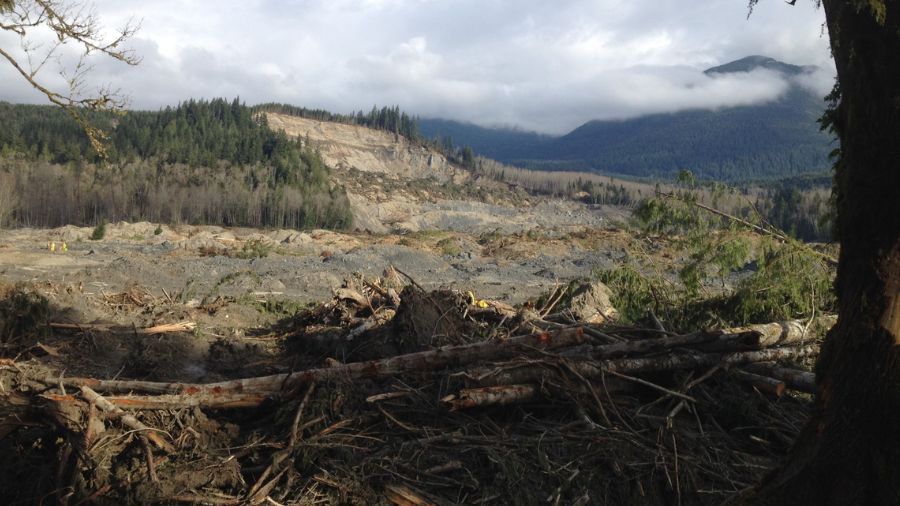Will this year’s Washington cherry crop be a winner?
May 18, 2023, 2:28 PM

After two disappointing years, the Washington cherry crop is back. (Getty Images)
(Getty Images)
After two years that were kind of off, it looks like this year’s spring fruit crop will be coming up cherries in Washington state.
According to the head of the Washington Tree Fruit Association, the state’s crop will be up 30% this year — 19.9 million boxes of cherries, to be exact.
“Things are looking a lot better than the last two years,” Jon DeVaney, the Association’s president, said. “We had cold weather the past couple of years, and that led to much smaller crops.”
The state is looking at a healthy crop this year. Washington growers say this burst of warm weather means this year’s cherry crop will burst with flavor.
Bird flu sends egg prices soaring as Western Washington shoppers feel the strain
“This is a great place to grow them, and they are very healthy for you, but most of all, they taste good,” DeVaney explained.
A more normal supply should mean you get value from the retailer, but “they are often setting the price based on how popular they are and not on the wholesale price.” Look for prices to be anywhere from $5 to $10 a pound.
DeVaney said cherries should be plentiful in about a month, with the supply expected to stay strong through the end of July.
He said to look for new blush cherries varieties similar to the very popular Rainiers. Some of the new cherries are coral-colored.
There are multiple varieties of dark sweet cherries that will be available this year.
“There are many differences in opinion about what makes things best,” DeVaney said. “If you are a real cherry aficionado, you should check with your grocery store produce manager to find what you like best.”
Cooler temperatures this spring means Rainier and Bings will likely show up a couple of weeks later than normal — around mid-June.
Historic Fort Steilacoom battles to get new landlord
“Any last-minute rain could damage a cherry,” DeVaney explained. “This is a forecast, but any last-minute rain could change that.”
Around 90% of the state’s cherry crop leaves the area and heads across the country or around the world.
“There is a lot of pressure on growers,” DeVaney said. “Prices are going up for all of the input they have on their food. What we’re seeing is a lot of pressure on smaller growers. This is still primarily a family-owned industry. They may not be as small as they used to be, but they are still family-owned.”













